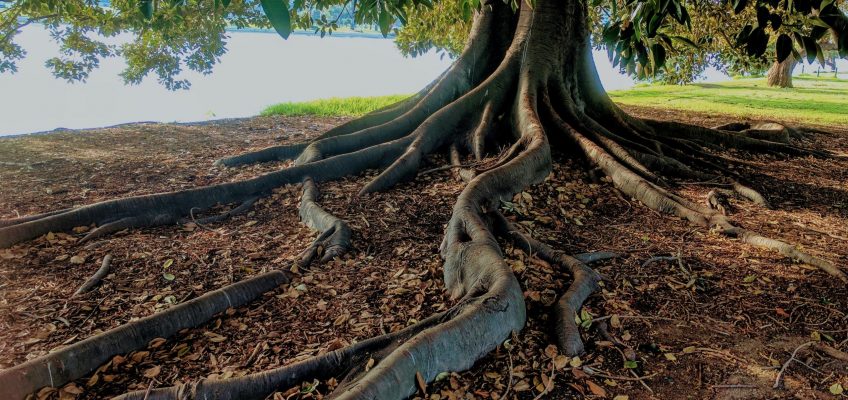The Hidden Dangers of Trees: Protecting Your Home from Root Damage
Tree roots can cause significant damage to your home’s foundation, leading to costly repairs and potential safety hazards. While trees can add beauty and value to your property, it’s important to understand the risks they pose and take steps to mitigate any potential damage.
One of the most common ways that tree roots can interfere with your home is by causing cracks in the foundation. As the roots grow, they can exert pressure on the surrounding soil and cause it to shift or compress. This, in turn, can lead to cracks in the foundation, which can allow water to seep in and cause further damage.
In addition to foundation damage, tree roots can also interfere with your home’s plumbing system. As roots grow, they can wrap around pipes and cause them to crack or break. This can lead to leaks, water damage, and potentially hazardous conditions if left untreated.
Another issue caused by tree roots is interference with sewer lines. As roots grow, they can infiltrate and clog sewer lines, causing backups and potentially hazardous conditions. In severe cases, this can even result in the need for costly and invasive repairs.
To prevent these issues from occurring, it’s essential to regularly inspect your property for signs of tree root interference. This includes checking for cracks in the foundation or walls, slow drains, and backed-up toilets or sinks. It is essential to obtain a pest and building inspection, which can help identify any potential problems before they become major issues.
If you do notice signs of tree root interference, it’s important to take action quickly. This may involve trimming or removing trees, installing root barriers, or repairing any damage that has already occurred. By taking these steps, you can help protect your home from the potentially devastating effects of tree roots and keep your property safe and secure for years to come.
Trees can be a valuable asset to any property, but they can also be a source of conflict between neighbours. When it comes to tree-keeping, it’s important to understand your legal rights and responsibilities, and how your trees may impact your neighbour’s property.
In general, the law considers trees to be the responsibility of the property owner on which they are located. This means that if a tree on your property causes damage to a neighbour’s property, you may be held liable for any resulting expenses. Similarly, if a neighbour’s tree causes damage to your property, they may be held liable for the costs of repair.
To prevent conflicts with neighbours, it’s important to be aware of any potential risks posed by your trees. This includes ensuring that trees are regularly maintained and trimmed back from property boundaries, and that any dead or diseased branches are removed promptly.
It’s also important to be aware of any local tree-keeping regulations or bylaws that may apply to your area. In some cases, there may be restrictions on the types of trees that can be planted or the height to which they can grow. Failing to comply with these regulations can result in fines or legal action.
If a dispute arises with a neighbour over tree-keeping, it’s important to try to resolve the issue through communication and negotiation. In some cases, a mediator or professional arborist may be able to provide guidance and help find a solution that works for both parties. In understanding your legal rights and responsibilities and taking proactive steps to prevent damage, you can help ensure that your trees remain a source of beauty and enjoyment for years to come, while also maintaining good relationships with your neighbours.
In addition to the risks posed by tree roots, it’s important to be aware of the potential for termites to gain access to your home through tree foliage. Termites are notorious for their ability to enter buildings through the smallest of gaps, and tree branches that touch or overhang your home can provide them with a direct route inside.
When tree branches touch or overhang your home, they can provide a bridge for termites to travel across and gain access to your property. Once inside, termites can cause significant damage to wooden structures, including floors, walls, and even the foundation.
To prevent this from happening, it’s important to regularly inspect your property with an annual termite inspection for any signs of termite activity, such as mud tubes, termite droppings, or hollow-sounding wood. It’s also important to keep trees and shrubs trimmed back from your home, ensuring that there is a clear gap between any foliage and your property. This will help prevent termites from using the branches as a bridge to gain access to your home.
By being aware of the potential risks posed by tree foliage and taking proactive steps to prevent termite infestations, you can help protect your home and ensure the safety of your family for years to come. Contact Premier Building & Pest Reports to protect your investment.

